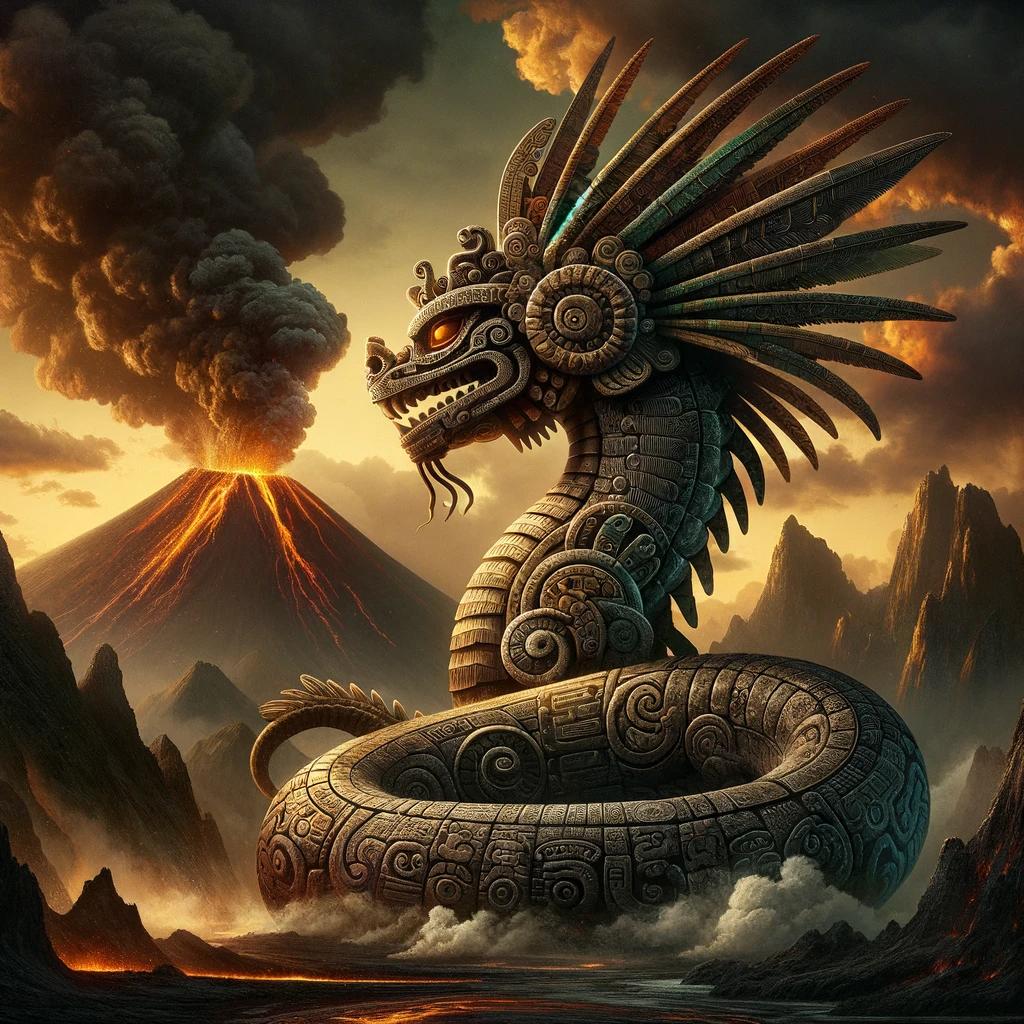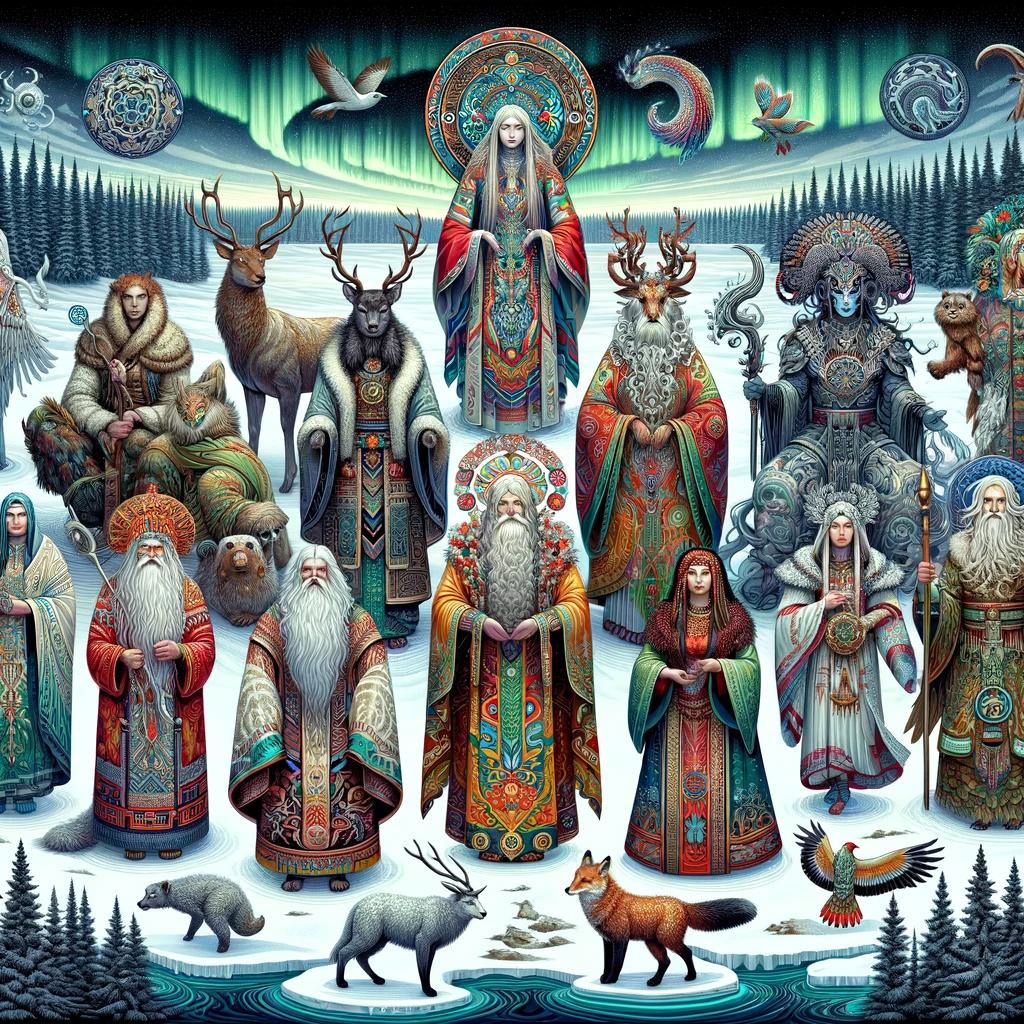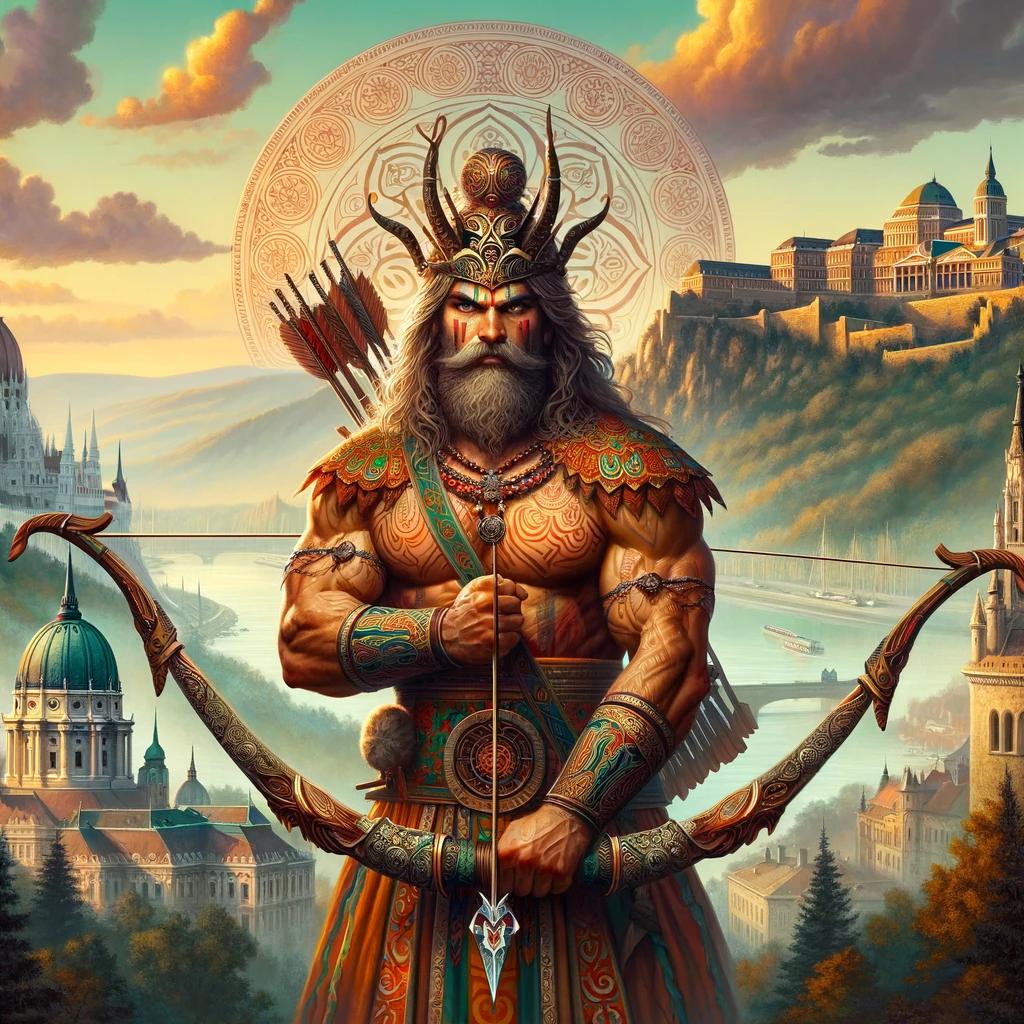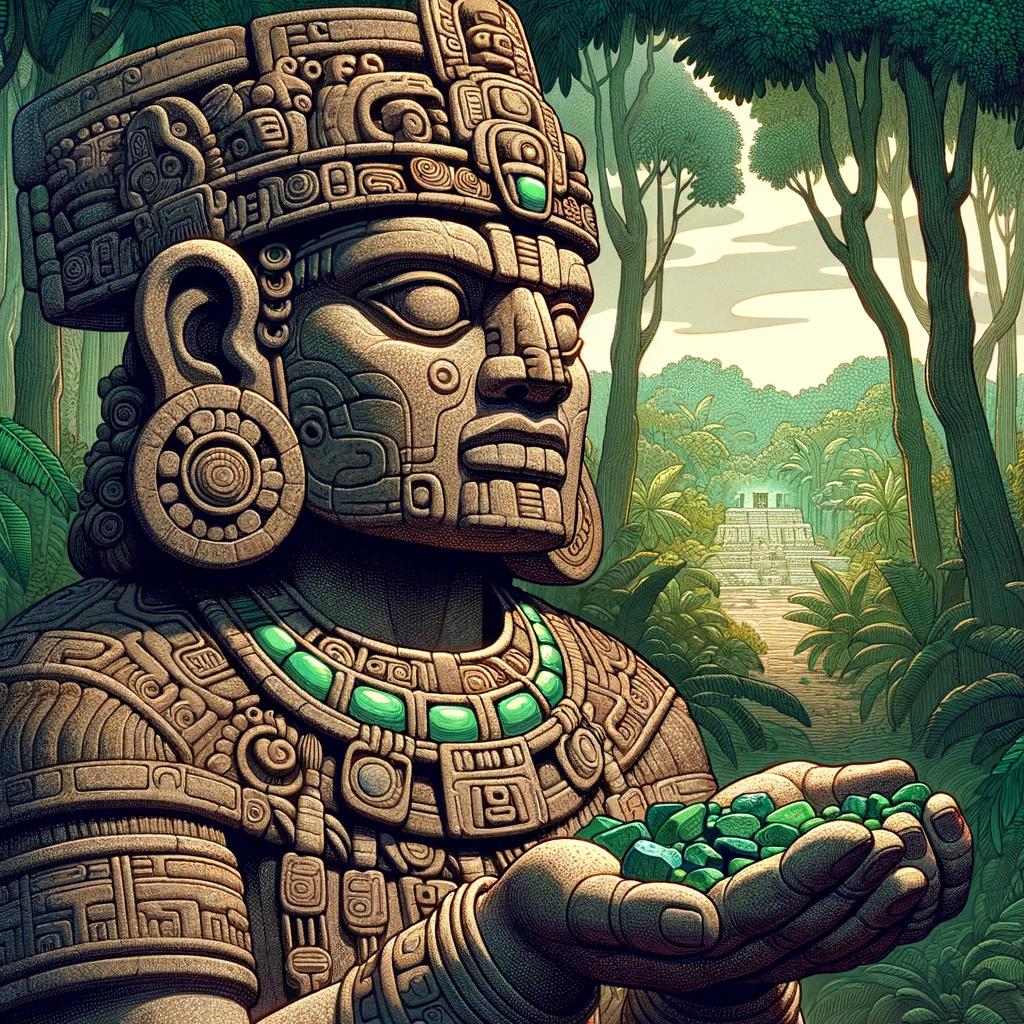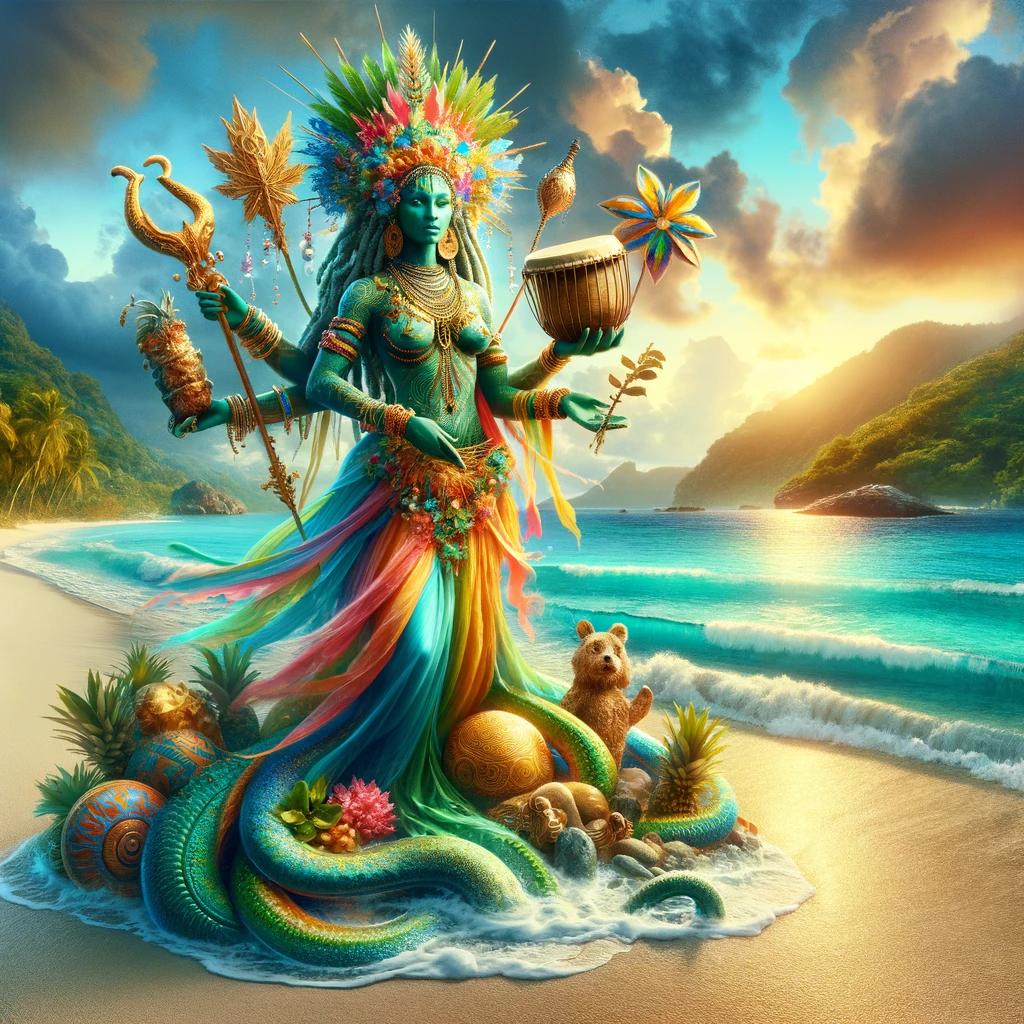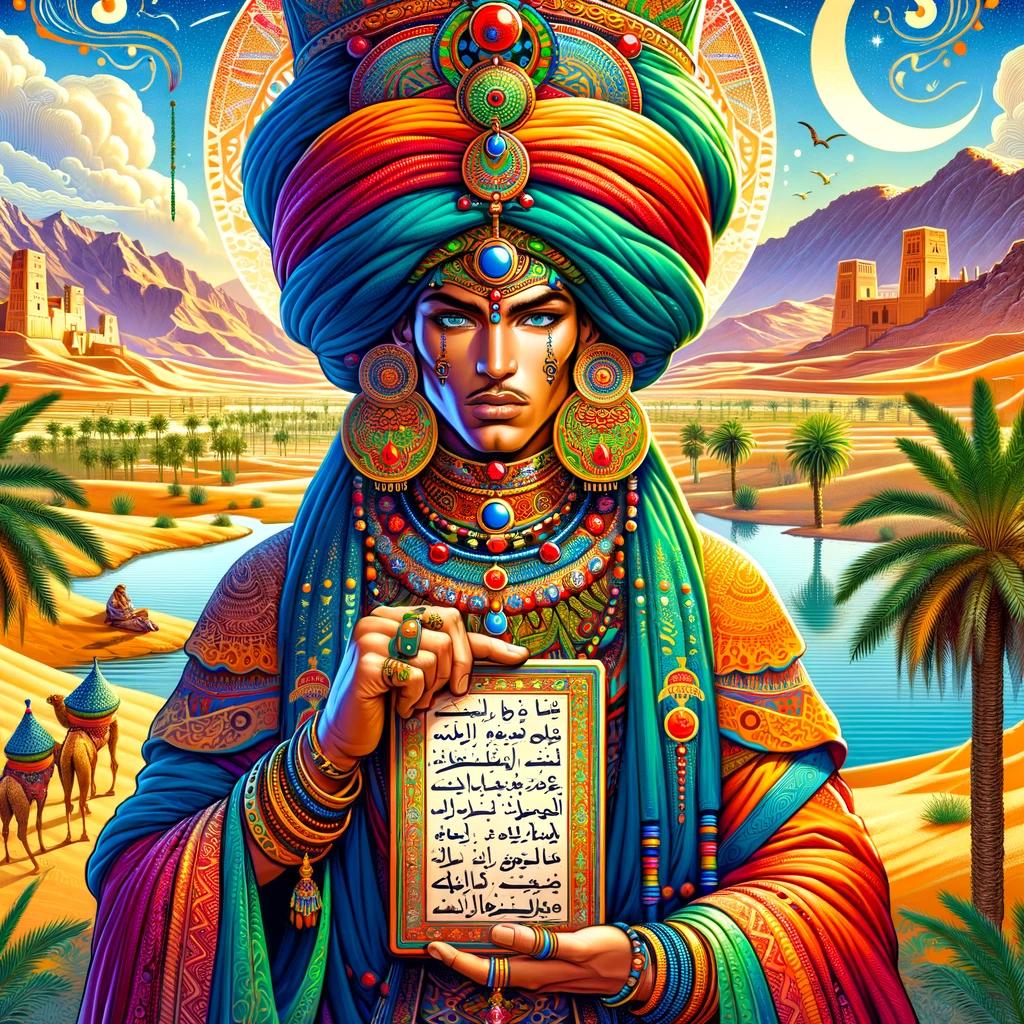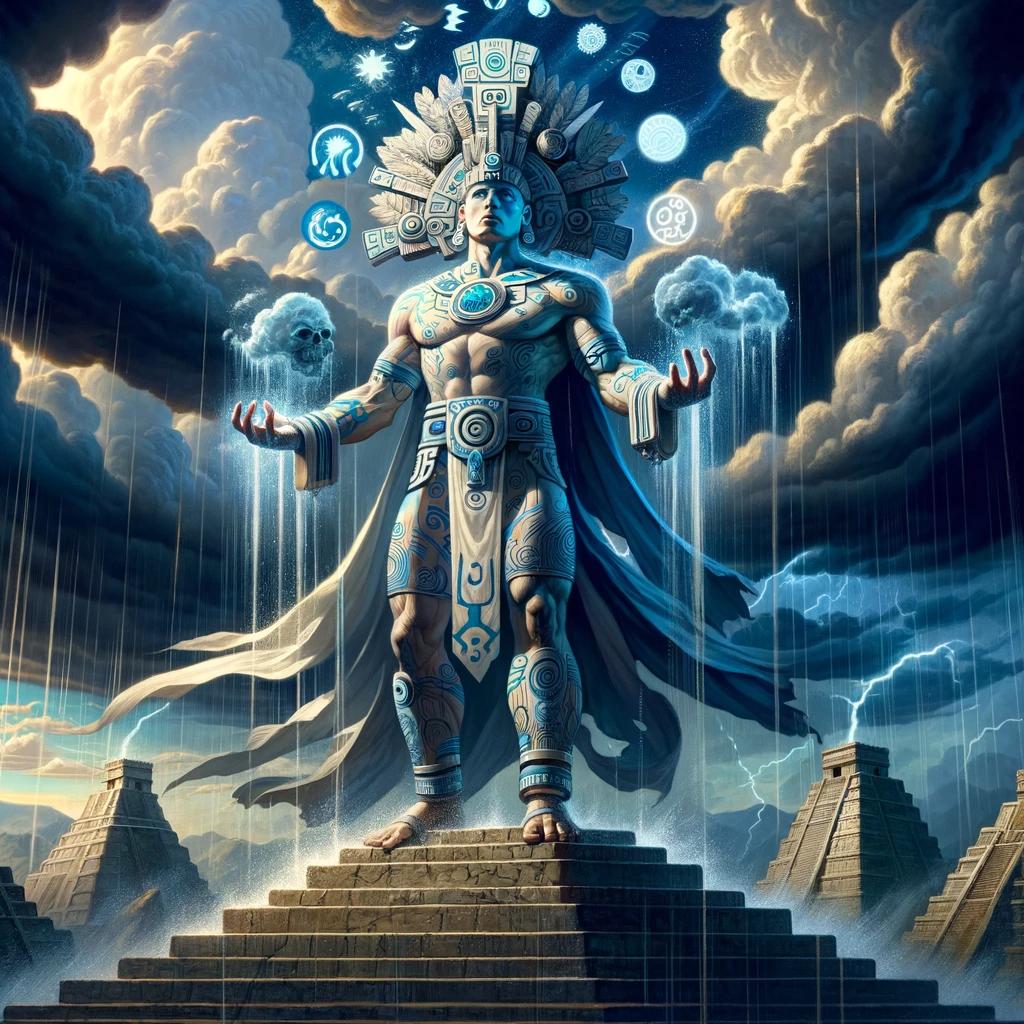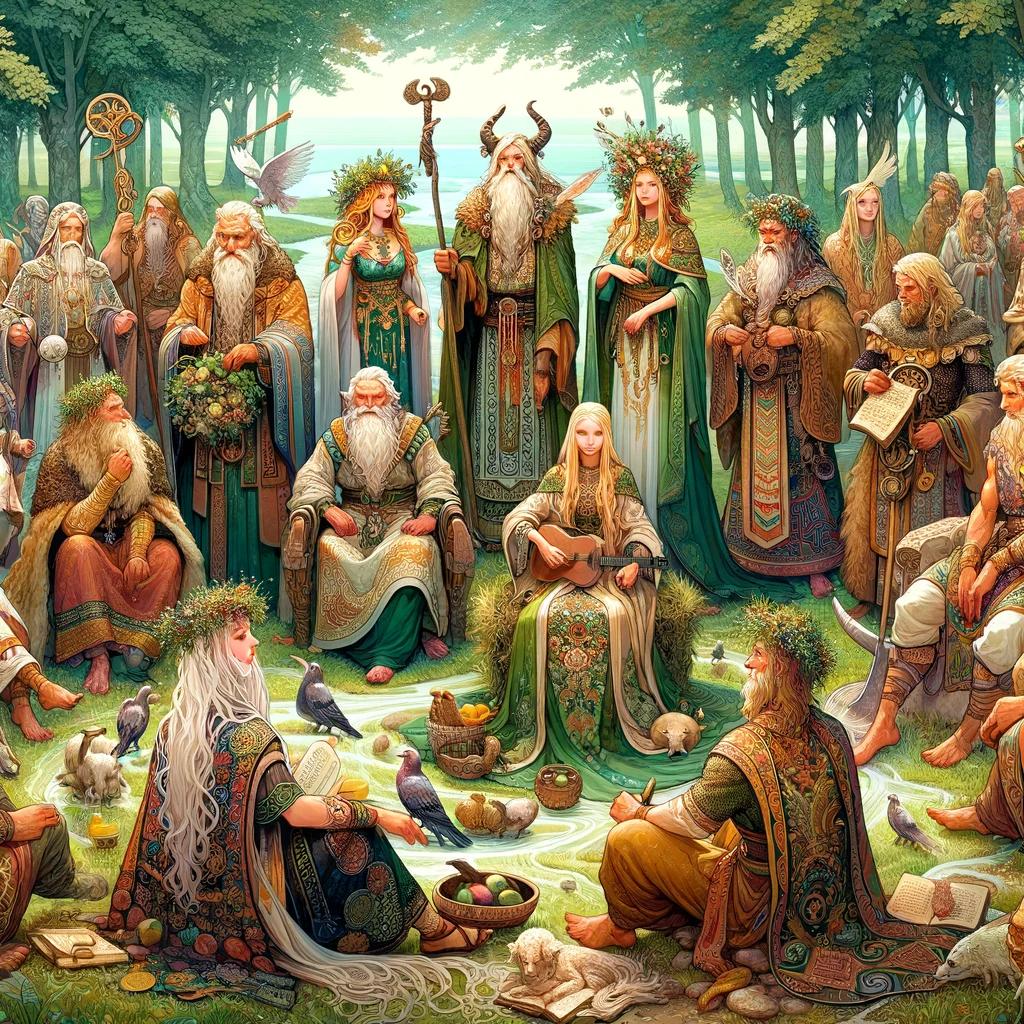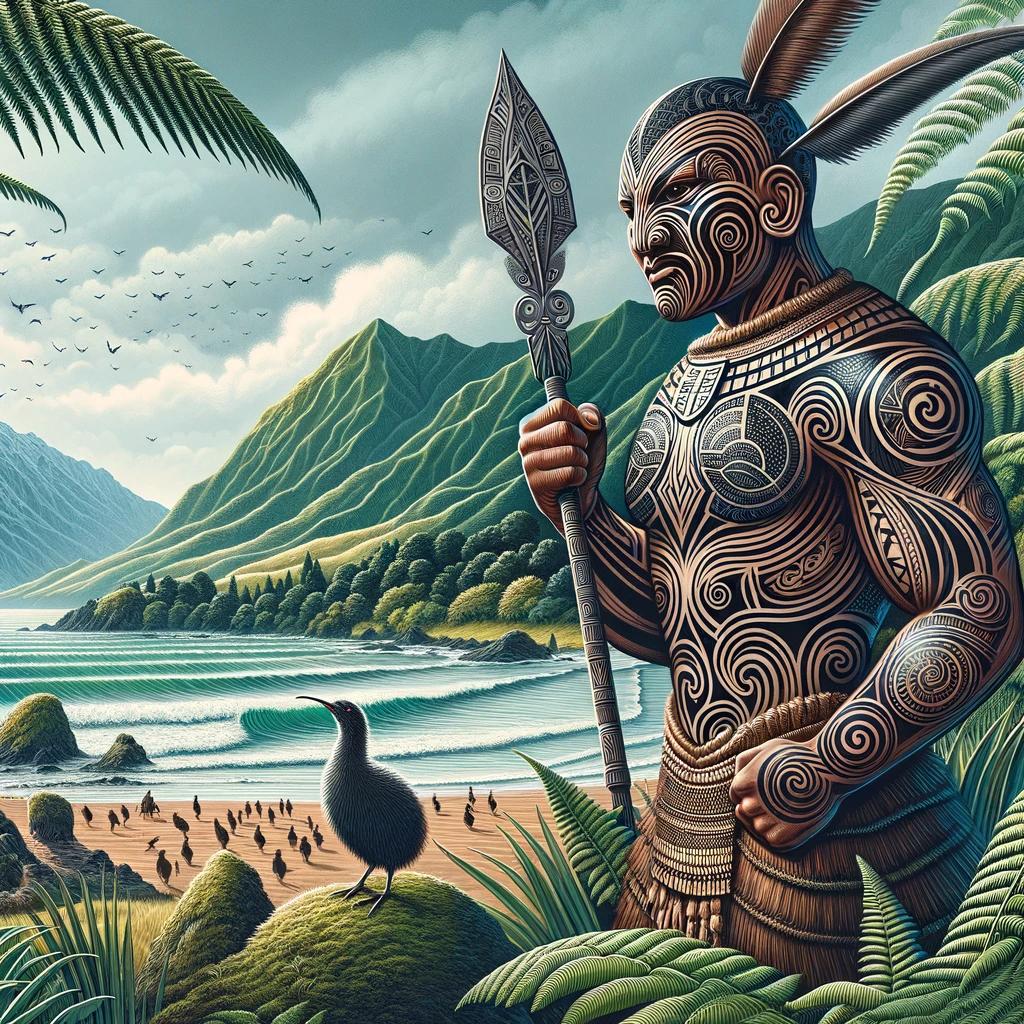Olmec Dragon God: Exploring the Ancient Deity and Its Influence in Mesoamerican Culture
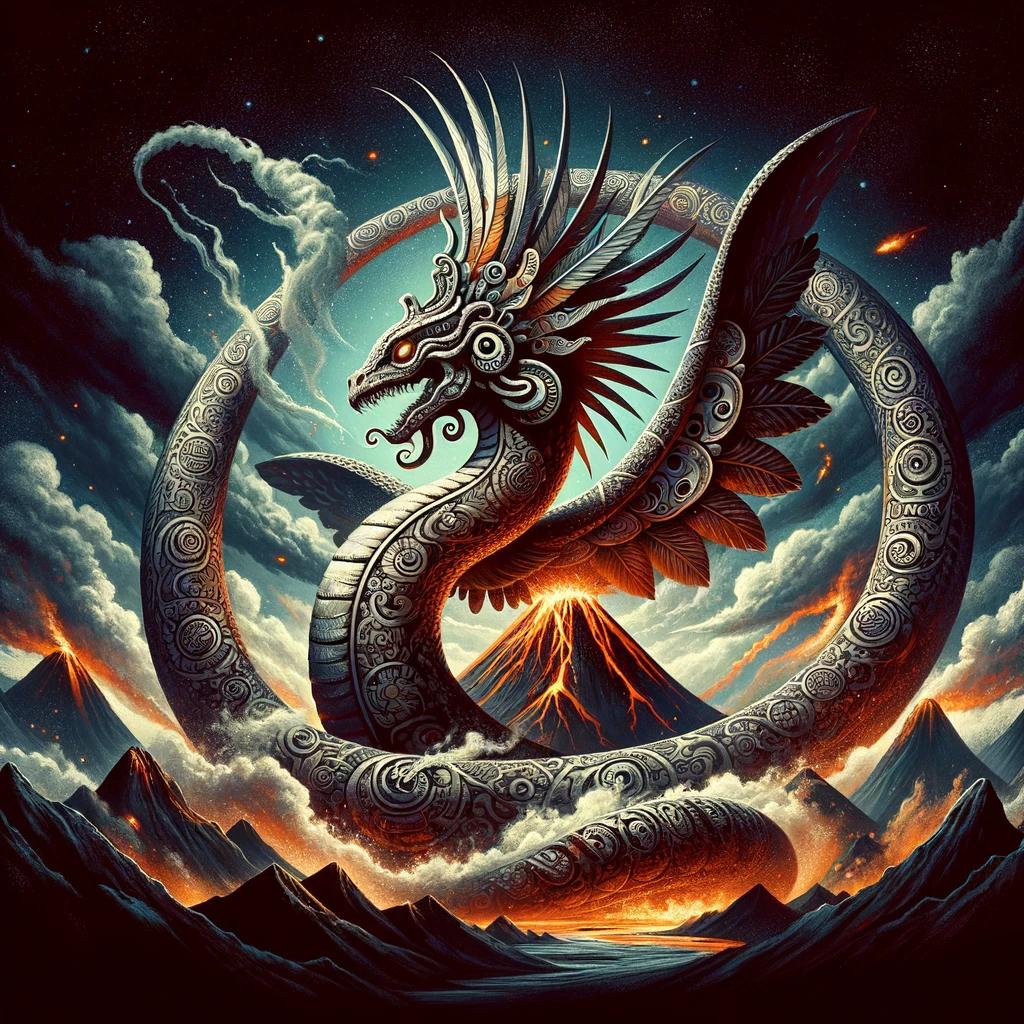
The Olmec Dragon God, a prominent deity of the ancient Olmec civilization in southern Mexico (1200-600 BC), played a significant role in their religion and society. Represented as a crocodile-like creature with human, eagle, and jaguar features, this god symbolizes elite patronage and is associated with nature’s elements and agricultural fertility.
Through the study of Olmec architecture, sculpture, and artifacts, archeologists have gained insights into the religious practices and beliefs of this enigmatic civilization. The dragon’s imagery influences cave paintings and has left a lasting cultural and artistic legacy that continues to be explored by researchers today.
Olmec Civilization: Origins, Characteristics, and Influence
The Olmec civilization, which thrived in southern Mexico from 1200 to 600 BCE, was a complex society known for its distinctive culture. This section explores the early development of the Olmec society, shedding light on their social structure, cultural distinctions, and artistic expression.
Early Olmec Society and Developments
The origins of the Olmec civilization remain shrouded in mystery. However, archaeological evidence suggests that they established early settlements in the Olmec heartland, such as San Lorenzo and La Venta.
These communities witnessed the emergence of distinctive Olmec traits, including monumental architecture and elaborate artwork.
Social Structure and Cultural Distinctions
The Olmec society exhibited a complex social structure with an elite ruling class. The archaeological record suggests that this elite class comprised religious and political figures, possibly including the Olmec priests.
These societal divisions were reflected in the artistic and cultural expressions of the Olmec civilization.
Olmec Iconography and Artistic Expression
Through their sculptures, artifacts, and architecture, the Olmec people conveyed their religious beliefs and cultural practices. Iconic Olmec imagery prominently featured deities with human, reptilian, avian, and feline characteristics.
Exploring their intricate artwork provides insights into Olmec mythology and spiritual practices.
Olmec Trade and Interactions with Other Mesoamerican Cultures
The Olmec civilization occupied a central position within the Mesoamerican region, facilitating trade and cultural exchange. Evidence suggests that they had extensive networks of long-distance trade, importing and exporting various goods.
These interactions with neighboring cultures played a significant role in the development and dissemination of Olmec traditions and influenced the broader Mesoamerican landscape.
Olmec Religion: Beliefs and Rituals
The Olmec civilization had a rich and intricate religious system that shaped their beliefs and daily practices. This section delves into various aspects of Olmec religion, providing an overview of their religious practices, the role of deities in their society, the significance of ceremonial sites and religious architecture, as well as the presence of shamanism and transformational figures in their religious traditions.
Overview of Olmec Religious Practices
The religious practices of the Olmec civilization were central to their way of life. They developed a complex belief system that influenced all aspects of their society. Through the study of archeological remains and artifacts, we have gained insights into their rituals, ceremonies, and religious observances.
Role of Deities in Olmec Society
The Olmecs worshipped a pantheon of deities, which played essential roles in their religious and cultural beliefs. These deities were represented in various forms, including human, reptilian, avian, and feline characteristics.
The Olmec Dragon God held a significant position among these deities, symbolizing the elite and representing the elements of earth, water, fire, and agricultural fertility.
Ceremonial Sites and Religious Architecture
The Olmec civilization had designated ceremonial sites and religious architecture where rituals and worship took place.
These sacred places served as centers of spiritual power and community gatherings. Examples of these sites include La Venta, San Lorenzo, and Tres Zapotes, which feature monumental structures, altars, and offerings that provide evidence of the Olmecs’ religious activities and beliefs.
Shamanism and Transformational Figures in Olmec Religion
Shamanism played a significant role in Olmec religion, with shamans serving as intermediaries between the physical and spiritual realms. They were believed to possess the power to communicate with deities and transform into supernatural beings, often depicted as jaguars.
This transformational aspect emphasized the Olmecs’ connection with the animal kingdom and the spirit world, further illustrating their religious beliefs and practices.
Olmec Deities: Mythology and Symbolism
The Olmec civilization had a rich pantheon of deities, each with their own symbolism and significance. These gods and goddesses played a crucial role in Olmec society, revered for their associations with various aspects of life, nature, and spirituality.
Let’s explore some of the prominent deities in Olmec mythology:
The Olmec Dragon God: Symbolism and Significance
The Olmec Dragon God, a creature reminiscent of a crocodile with human, eagle, and jaguar features, stood as a powerful symbol in Olmec religion. Revered as the patron of the elite, this deity was closely linked to the earth, water, fire, and agricultural fertility.
It was believed that the mouth of the Dragon God represented the entrance to a cave, influencing cave paintings and the artistic expressions of the civilization.
The Were-Jaguar: Mythical Beings in Olmec Culture
The Were-Jaguar was another enigmatic deity in Olmec mythology.
This mysterious figure was often depicted as a baby with feline characteristics, captivating and enigmatic. While its exact symbolism remains uncertain, the Were-Jaguar held a special place in Olmec art and religious practices, potentially representing transformation, spiritual power, or even human-animal connections.
The Maize God: Fertility and Agriculture in Olmec Beliefs
Associated with agriculture and fertility, the Maize God held immense importance in Olmec culture. Often depicted as a human figure with a maize plant sprouting from their head, this deity symbolized the abundance of crops and the life-giving properties of maize.
The worship of the Maize God showcased the centrality of agriculture and sustenance in the Olmec worldview.
Other Olmec Deities: Feathered Serpent, Banded-Eye God, and More
- The Feathered Serpent, known for its feather-adorned serpent-like appearance, represented a fusion of bird and serpent symbolism. This deity possibly signified celestial and terrestrial realms, with connections to creation, fertility, and wisdom.
- The Banded-Eye God, characterized by its almond-shaped eye, held a mysterious allure in Olmec culture.
Its exact symbolism and significance remain open to interpretation, leaving researchers intrigued.
- Alongside these prominent deities, the Olmec pantheon featured many other lesser-known gods and goddesses, each with their own unique attributes and roles within Olmec religious beliefs and rituals.
The Olmec religious beliefs and practices, epitomized by these deities, played a vital role in shaping the society and culture of the Olmec civilization.
The symbolism and significance associated with these gods and goddesses reveal insights into the spiritual worldview of the Olmec people.
Olmec Art and Representation of Deities
The Olmec civilization produced a rich body of art that visually represented their religious beliefs and deities. Through various artistic mediums, such as sculptures, ceramics, and cave paintings, the Olmecs depicted their divine and supernatural beings.
Olmec Sculptures: Depicting the Divine and Supernatural
One prominent form of Olmec art is their impressive sculptures. These sculptures captured the essence of Olmec deities, including the Olmec Dragon God, in a stunning and lifelike manner.
The sculptures often portrayed the dragon god with its distinctive combination of human, eagle, and jaguar features. These artworks served as powerful representations of the divine in Olmec society, embodying their religious beliefs and reinforcing their spiritual connection to the gods.
Olmec Ceramics: Pottery and Figurines as Religious Art
In addition to sculptures, Olmec ceramics played a significant role in representing their deities. Pottery vessels and figurines were crafted with remarkable attention to detail, showcasing the Olmec gods in various forms.
These ceramic artworks not only served as religious objects but also expressed the Olmecs’ reverence for their deities. The intricate designs and symbolism found on these ceramics provide valuable insights into Olmec religious practices and beliefs.
Olmec Cave Paintings: Symbolism and Spiritual Practices
Another form of artistic expression in Olmec culture was cave paintings. These ancient artworks, found in sacred cave sites, depicted symbolic scenes and spiritual practices. While not as prevalent as sculptures or ceramics, Olmec cave paintings conveyed important spiritual messages and provided a deeper understanding of their religious rituals.
These paintings often featured mythological figures, including the Olmec Dragon God, portraying their significance in Olmec cosmology and belief system.
Influence of Olmec Art on Later Mesoamerican Cultures
The artistic legacy of the Olmec civilization extended far beyond their time, influencing subsequent Mesoamerican cultures such as the Aztecs and Mayans.
The representations and symbolism of Olmec deities, particularly the Olmec Dragon God, left a lasting impact on the artistic traditions of these cultures. The motifs and iconography seen in Olmec art continued to inspire and shape the religious and artistic expressions of later civilizations, showcasing the enduring influence of Olmec religious art.
Continuity and Legacy of Olmec Religion
The religious beliefs and practices of the Olmec civilization had a profound influence on subsequent Mesoamerican cultures, most notably the Aztecs and Mayans.
Influence on Later Mesoamerican Cultures: Aztecs and Mayans
The Olmec religious traditions and deities were carried forward and integrated into the belief systems of the Aztecs and Mayans.
The concepts of the Olmec Dragon God and other significant deities served as foundations for the mythologies and rituals of these civilizations.
For the Aztecs, the Olmec Dragon God provided inspiration for their own feathered serpent deity, Quetzalcoatl. This mythical being played a vital role in Aztec cosmology, representing both creation and destruction.
In Mayan mythology, the Olmec Dragon God was associated with celestial realms and fertility. It influenced the Mayan concept of the Feathered Serpent, known as Kukulkan or Quetzalcoatl, who was a prominent figure in their religious pantheon.
Olmec Dragon God in Mythology of Subsequent Civilizations
The Olmec Dragon God continued to hold significance in the mythologies of later Mesoamerican civilizations. Its attributes and symbolism were incorporated into tales of creation, divine intervention, and the struggles between the supernatural and human realms.
Legends and iconography featuring the Olmec Dragon God persisted in different forms, representing power, fertility, and the supernatural forces that influenced human affairs.
Persistence of Olmec Religious Beliefs and Practices
Despite the dispersal and transformation of the Olmec civilization, elements of their religious beliefs and practices endured and continued to shape Mesoamerican cultures for centuries.
Rituals revolving around fertility, agricultural fertility, and celestial events were perpetuated by subsequent civilizations, as they recognized the importance of these practices in maintaining harmony and abundance in their societies.
Ongoing Research and Debates on Olmec Religion
Researchers and scholars continue to explore and debate various aspects of Olmec religion, seeking further insights into the significance of the Olmec Dragon God and its influence on Mesoamerican cosmology.
Archaeological discoveries, comparative studies, and analysis of ancient texts contribute to ongoing research efforts, shedding light on the intricacies of Olmec religious beliefs and their enduring impact.
- Continued investigation into Olmec religious sites and artifacts helps uncover new understandings of their rituals and practices.
- Interdisciplinary collaborations provide multidimensional perspectives on the interplay between Olmec religion, culture, and society.
- Debates surrounding the interpretations of Olmec iconography and the meanings behind specific deities foster a deeper comprehension of their mythologies and symbolism.
In conclusion, the continuity and legacy of Olmec religion resonate through the continued presence of its deities and beliefs in later Mesoamerican cultures.
The Olmec Dragon God, along with other significant figures, played essential roles in shaping the cosmologies and rituals of civilizations that followed. Ongoing research and debates further enhance our understanding of this ancient religion and its enduring influence.
The Olmec Dragon God, a prominent deity in the Olmec religion, held immense significance in their society and spiritual beliefs. Represented as a unique hybrid creature with features of humans, eagles, and jaguars, this deity was associated with powerful forces such as earth, water, fire, and agricultural fertility.
The worship of the Olmec Dragon God was intertwined with the elite class and influenced various aspects of Olmec culture, including their art, architecture, and cave paintings.
This dragon god was believed to symbolize the gateway to a sacred underworld, represented through the mouth of the creature resembling the entrance to a cave.
This belief greatly influenced the practice of cave paintings by the Olmec civilization.
Continued Exploration of Olmec Religion and Legacy
The Olmec religion and the significance of the Dragon God continue to be subjects of ongoing research and exploration. Scholars, archaeologists, and historians are continually uncovering new findings and insights into the practices, rituals, and beliefs of the Olmec people.
With advancements in scientific techniques and archaeological discoveries, there are still many aspects of Olmec religion yet to be fully understood. The study of Olmec religious sites, artifacts, and iconography allows for a deeper understanding of their cosmology, symbolism, and rituals.
Furthermore, the influence of Olmec religion extends beyond the civilization’s decline. The deities and beliefs of the Olmec people have left a lasting impact on subsequent Mesoamerican cultures such as the Aztecs and Mayans.
Exploring the connections and adaptations of Olmec religious traditions in these later societies provides valuable insights into the lasting legacy of the Olmec Dragon God.
Legacy in Aztec and Mayan Mythology
The Olmec Dragon God played a crucial role in the mythology and religious practices of later Mesoamerican civilizations, including the Aztecs and Mayans.
Elements of Olmec religious beliefs, such as the significance of fertility, agricultural symbolism, and worship of hybrid deities, can be traced in the cosmologies and religious traditions of these cultures.
The mythology surrounding the Dragon God and other Olmec deities continued to evolve in Aztec and Mayan lore, adapting to the cultural context and beliefs of these civilizations. The intricate connections between Olmec religion and the religious systems of later Mesoamerican cultures highlight the enduring impact and cultural exchange that occurred over centuries.
Ongoing Research and Debates
The study of Olmec religion and the Dragon God remains a dynamic and evolving field. Researchers and scholars continue to investigate various aspects of Olmec religious practices, including the role of priests, the significance of shamanism and transformational figures, and the precise symbolism behind Olmec art and iconography.
Debates and discussions surrounding Olmec religion persist as new evidence emerges and different interpretations are proposed. The multidisciplinary approach, combining archaeological findings, ancient texts, and cultural anthropology, allows for a comprehensive understanding of the spiritual beliefs and practices of the Olmec civilization.
In conclusion, the Olmec Dragon God is a focal point in the comprehension of the Olmec religion and its lasting impact on Mesoamerican cultures. Through continued exploration and research, we can unravel the intricate spiritual worldview of the Olmec people and gain insights into their cosmology, rituals, and artistic expressions.
.

